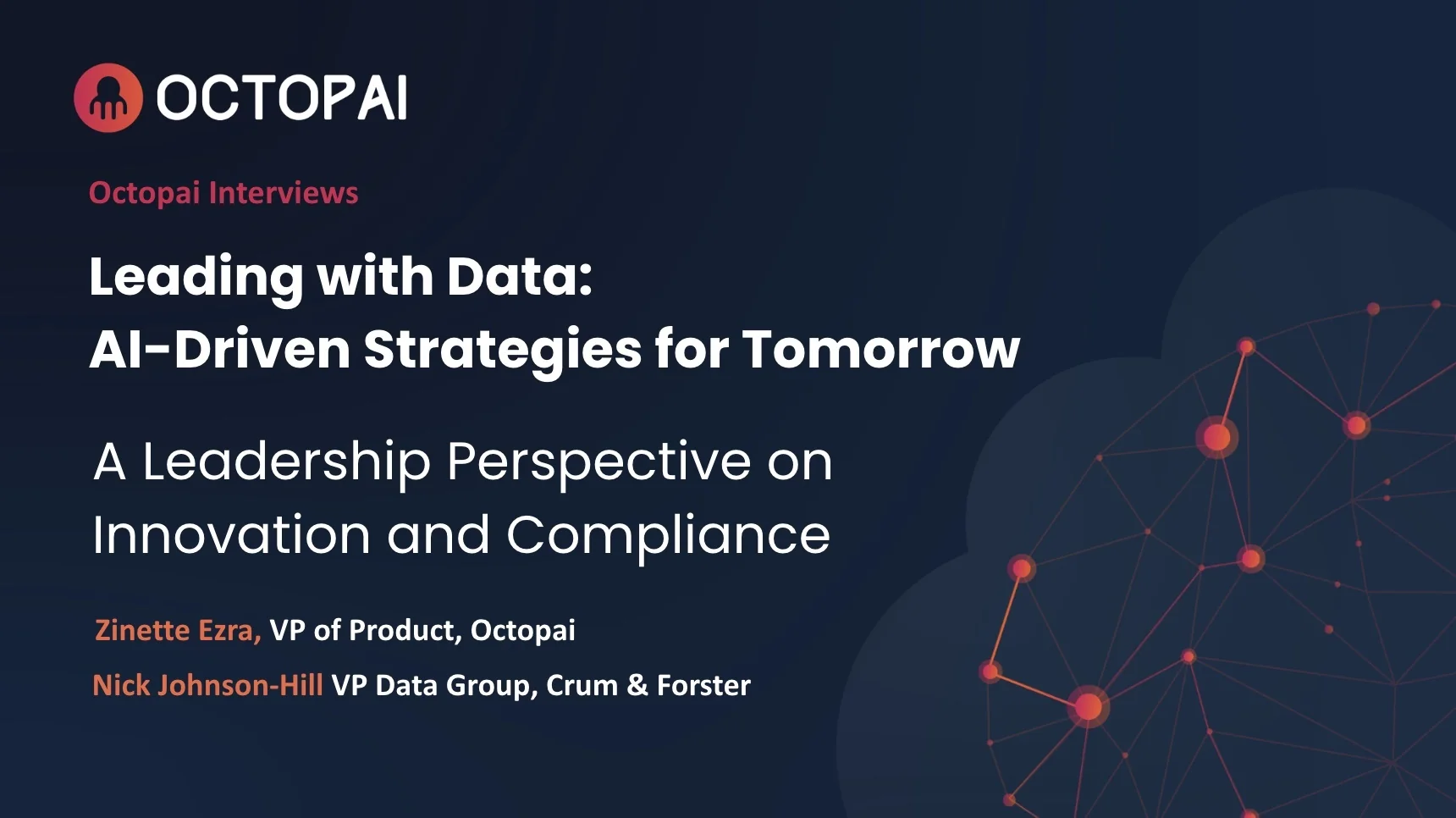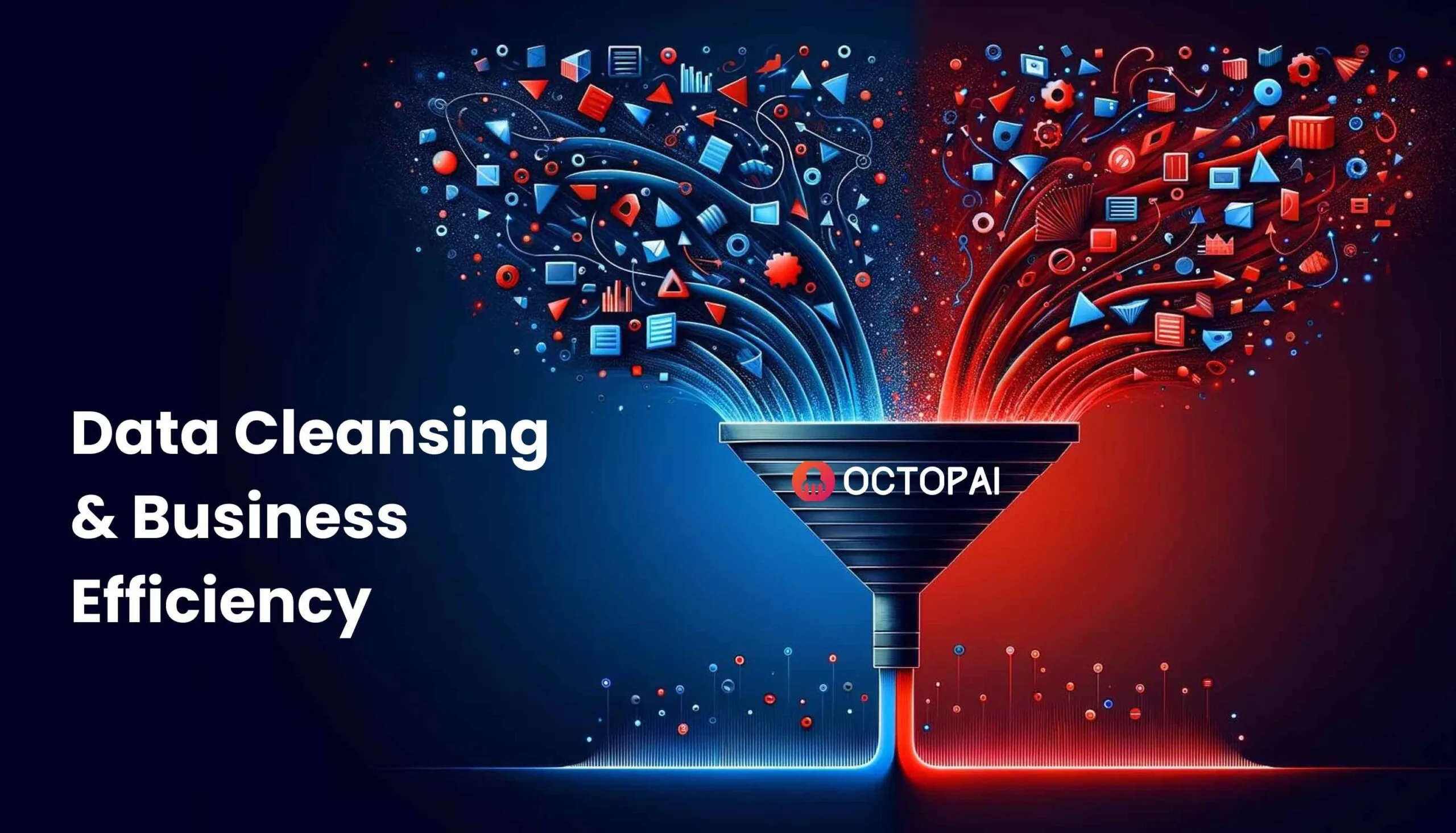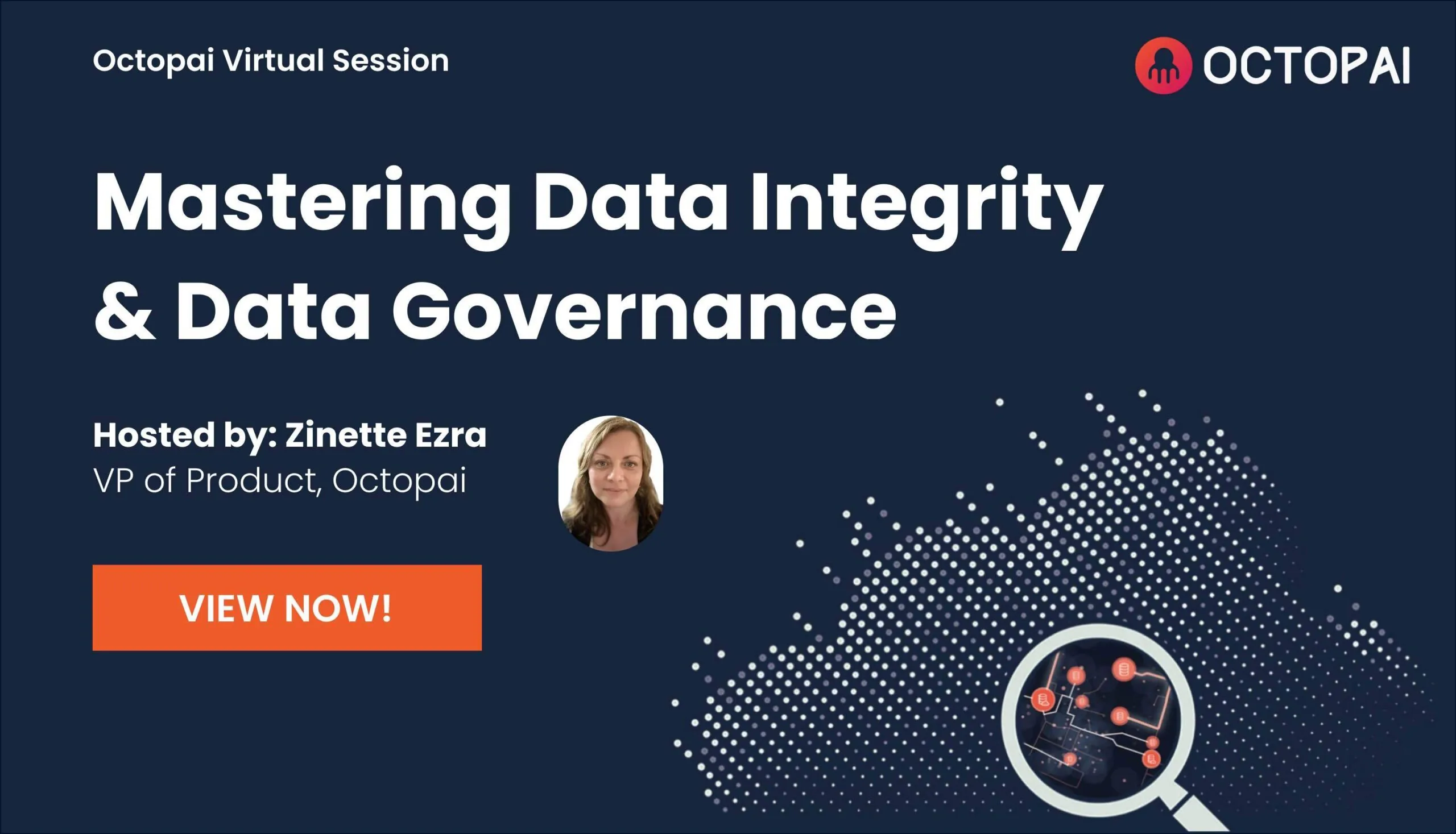How do you get from A to B?
If you’re at A but you don’t know where B is, you can either wander around at random in the hopes of stumbling upon B, or you can consult a map.
The same is true of enterprise data. Modern enterprises find themselves sitting on mountains of data. There’s value locked in that data—knowledge that can drive innovation, market insights, and strategic plans. But much of the data is separated, residing in incompatible silos. To unlock the value, you have to get your data from A to B—from multiple sources to one destination.
Like our hypothetical physical journey from A to B, getting your data from A to B requires a map.
About Data Mapping
Unlike a map of a geographical area, a data map describes how each component (such as a column in a table) of a source data object corresponds to a component in the target data object.
Some data mappings are straightforward. A U.S. Zip code column in one data object can usually be mapped to a similar column in the target without modification.
Other data mappings are more complex. In some databases, an “Address” column includes both the building number and a street name, such as “244 5th Avenue.” Other databases might have separate fields for the building number and street name.
As another example, the same kind of data might be represented differently in different databases. A date column in one database might have dates formatted like “07/14/19,” whereas the same date column in another database might format it like “14JUL2019.”
In these not-so-straightforward cases, some type of transformation must be done to get the data from A to B.
Why Go To All This Trouble?
What is enterprise data mapping good for? Several common business situations require good data mapping, such as:
– Compliance: New data privacy regulations, such as the European Union’s GDPR and California’s CCPA, require businesses to be able to show how they protect personal data. Auditors may require the business to show where the data is stored and how it propagates through the company’s systems. GDPR and CCPA data mapping can simplify this compliance task by providing an up-to-date graphical representation—that is, a map—of the data landscape.
– System migration: As companies grow, they often find that the tools and systems they rely on are no longer up to the task, or are no longer supported. New systems, especially those from other providers, typically are not compatible with the old systems’ databases, so a migration must be conducted. Getting the data from the old systems to their new counterparts requires extensive, accurate data mapping.
– Data integration: As mentioned earlier, unlocking the value in an enterprise’s treasure trove of data means combining data from different sources. Because no two data sources represent the same information the same way, proper data mapping from each source to the target is essential for apples-to-apples comparisons and correct calculations.
Do you have CCPA compliance on your mind? You should - it went into effect on January 1
Learn more about CCPA and how simple reaching compliance can be
CCPA Compliance, Here I Come!
How to Create Enterprise Data Mapping?
Creating a good data map can be a very labor-intensive task, especially for large enterprises with many data assets. A better approach is to use automated tools to replace the manual effort required in this. Automated data mapping uses advanced software to examine each data asset, determine all the metadata associated with each one, and connect the dots between them. These tools (also known as metadata mapping tools) leverage technologies such as machine learning to identify and resolve ambiguities, such as the different address and date representations mentioned earlier.
When business data mapping is automated, the maps can be continuously updated whenever data sources are changed or new ones are brought online. This saves the IT and BI teams countless hours in keeping the data mappings up to date.
When your business needs to get a handle on its data sources for any of the tasks listed above, you owe it to yourself to consider automated data mapping tools. The more complete, accurate, and current data mappings these tools provide are well worth the investment.






